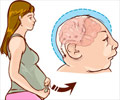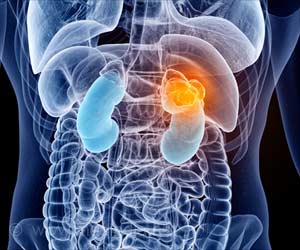The question troubling scientists for 50 years regarding the connection between thalidomide and birth defects,seems to have found an answer in the findings of Scot researchers.
The question troubling scientists for 50 years regarding the connection between thalidomide and birth defects, experienced by many pregnant women of the fifties , seems to have found an answer in the findings of Scot researchers.
Dr. Neil Vargesson, of Aberdeen University, accords the reason to a component of the drug that prevented the growth of new blood vessels, and subsequently caused limb defects in the developing embryo."We have put to rest a 50-year puzzle, in finally deducing how thalidomide triggers limb defects and why it appears to target limbs preferentially. This is an important discovery. Many models have been suggested as to how these defects were caused but now we know how it worked," the Scotsman quoted the lecturer in Developmental Biology as saying.
"This is the first paper to conclusively show that it is the anti-angiogenic property of the drug - that element that inhibits new blood vessel formation - that is to blame for the defects. The drug prevented early blood vessels going into the limb," Vargesson added.
But Martin Johnson, the director of the Thalidomide Trust cast a shadow of doubt on the claims, saying: "These findings are a puzzle to me. A number of people believe this mystery was solved ten years ago when the theory these people are following was comprehensively demolished."
He added: "The theory that is now accepted, and has been for several years, is that the best explanation for thalidomide damage is that the developing nervous system within the embryo was poisoned at the stage the critical nerve endings start to emerge. The fact that this is a nerve poison explains all the known effects - not just limb damage but heart disease and massive central nervous system damage. There was not an organ in the body that could not be trashed by thalidomide."
Ray Stokes, a professor of business history at Glasgow University who is researching the history of thalidomide, said: "I cannot comment on these latest findings, but clearly there does seem to e consensus that it has to do with damage to the neural crest at a particularly important time in the gestation of the child that was the problem. The damage that was done to babies was only part of the damage that was done by the drug."
Advertisement
SAV











